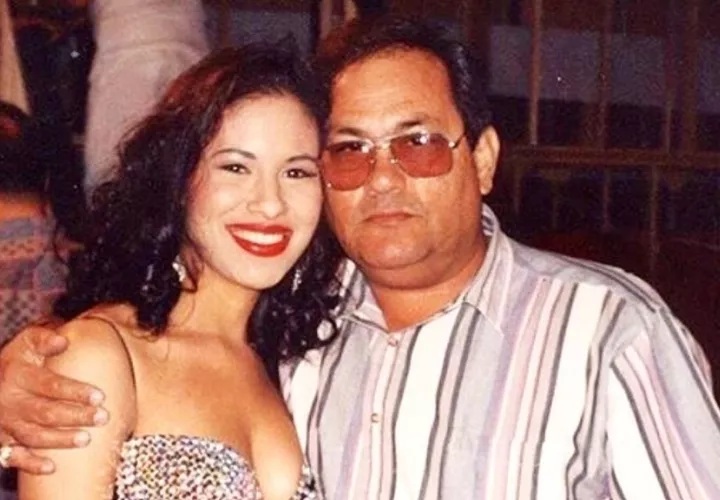Pieces of Gold and Ceramics from the pre-Hispanic era Discovered in the El Caño Archaeological Park

The Ministry of Culture (MiCultura) reported on Thursday, February 29, that a tomb from the pre-Hispanic era (750-800 AD) has been discovered in the archaeological park of El Caño, located in the district of Natá, province of Coclé.
Linette Montenegro, national director of Heritage of the institution, mentioned that, in addition to the offerings found, mostly ceramic artifacts, pieces of gold were also found that are part of the funerary trousseau used in burials. Montenegro highlighted that these findings not only have economic value but also priceless historical and cultural value.
An official statement from the entity details that the trousseau is made up of five pectorals, two belts of spherical gold beads, four bracelets and two earrings in the shape of human figures (a man and a woman). Also found were a crocodile-shaped earring, a necklace of small circular beads, five earrings made with sperm whale teeth with gold covers, a set of circular gold plates, two bells, bracelets and a skirt made with dog teeth, and a set of bone flutes.
The discovery occurred during the development of the archaeological project of Tomb No. 9 carried out by the El Caño and Mícola Foundation in this archaeological park. It is highlighted that this project is long-term, which began in the dry season of 2022 and is financed through Cultural Cooperation Agreement No. 025-2021 celebrated between the Ministry of Culture and the El Caño Foundation for the development of the Project. El Caño Archaeological, campaigns 2021-2024.

RÍO GRANDE HEADQUARTERS
Julia Mayo, director of the El Caño Foundation and director of the archaeological project for 18 years, highlighted that this collection could have belonged to a high-status adult male from the Río Grande chiefdom. She explained that the tomb was built around the year 750 after Christ and is that of a great lord, but also of other people who died to accompany him to the “beyond.” Likewise, she announced that the excavation process at the site has not been completed, which is why it is still not possible to specify how many people were buried with high-status characters at that time. However, he confirmed that it is known that he was buried face down, a common way of burial in this society, over the body of a woman.
In a review, Micultura recalls that El Caño was an enclosure for funerary use (necropolis or city of the dead), which was built around the year 700 AD and abandoned around 1000 AD.It is also noted that in addition to the well-known monoliths, the site contained a cemetery and a ceremonial area with wooden buildings.





